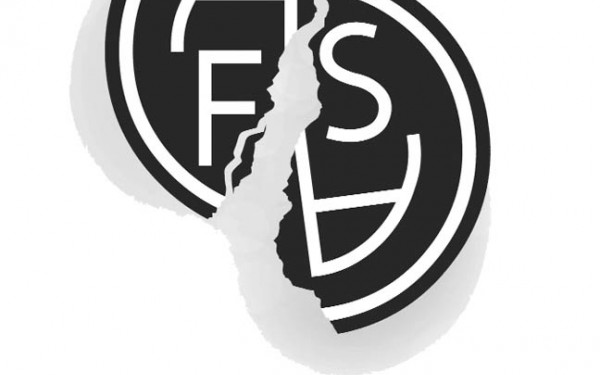The ASFA Report
Second Meeting Drags to Discuss Budget, Elections
It took two hours of debating and two rounds of voting, but the Arts and Science Federation of Associations narrowly passed its annual budget at an Oct. 14 meeting.
The meeting reached a stalemate when half of ASFA’s Member Associations voiced concern over voting on financial figures they weren’t shown prior to the meeting.
“It seems pushy to ask us to ratify this [budget] without the information to discuss it,” said Michaela Manson, the representative for the Philosophy Student Association, before the first vote was called—which tied and failed after an hour of deliberation.
Of the $324,000 annual ASFA fee levy budget, 40 per cent is allotted to the 27 different MAs to hold academic and social functions in their respective arts and science departments.
Prior to the meeting, the MAs had each sent their budget requests to the Financial Oversignt Committee—comprised of two ASFA council members, two members of the executive and a student-at-large—who deliberated for 14 hours over the numbers that were to be approved at the meeting.
“I don’t think any of you will get the amount you’re looking for,” said Alexa Newman VP Finance, explaining that the Financial Committee considered how many students were in each faculty to determine who would get what share.
“I’m afraid it would get very back-and-forth if we went through all 27 member association budgets here tonight.”
But the discussion ran on, as many MAs felt pressured to approve the budget before seeing a breakdown of its figures.
“It’s like there’s a gun to our head. Do we go forward [and vote] or stonewall until we can get more tangible information?” demanded Matthew Glannant, MA for Classics. “I don’t know where the money is, how do I know where it came from, or where it’s going to. How do I vote?”
“Nobody has a gun to your head,” replied Newman. She added that “we can make amendments to the ASFA budget throughout the year,” explaining alternate means for MAs to get money for events, including the $31,576 of ASFA Special Projects Funding.
The VP Finance also clarified that the budget was lower than expected this year because the total number of ASFA students is actually closer to 15,000—not the commonly-boasted figure of 18,000.
“We took a hit [this year],” said Newman of the decrease in student enrolment who pay a fee levy of $1.32 per credit. “We have a much smaller rollover budget, based on number of students.”
Though the numbers were down across the board, ASFA President Aaron Green expressed that the association was “vehemently opposed” to raising the fee levy to increase each MAs budget. “That would be a gross hypocrisy as we are fighting tuition hikes alongside the CSU.”
Finally, nearly two hours into the meeting, ASFA chair Sohrab Mossadei intervened. “If you don’t approve it, no one has a budget and that’s that,” he said.
The question was called shortly after, and passed with 14 MAs approving, eight against and four abstaining.
“I don’t know what I just voted on,” said Glannant, after the budget approval was barely passed. “I honestly feel that I’m letting down the people who elected me. I have no idea what that budget is in terms of my association or anyone else’s.”
Election Results
Wrapping up the byelection two days before the meeting, the ASFA executive also welcomed Natasha Launi to the association as the VP Communications.
“There was outstanding candidate behaviour in this election,” said Nick Cuillerier, the Chief Electoral Officer. “And we are happy to announce Natasha to the team.”
Launi received 50.6 per cent of the 393 votes that were cast, and told the MAs about her upcoming initiatives, including the launch of the updated ASFA website, set to launch in the upcoming weeks.
This week, ASFA is launching the first of four green weeks in collaboration with the CSU. The events include a speaker’s night with author, broadcaster and Order of Canada Member Jay Ingram on Oct. 20 at 8:00 p.m. in H110.
This article originally appeared in Volume 31, Issue 10, published October 19, 2010.

__900_598_90.jpg)

_600_375_90_s_c1.JPG)
__600_375_90_s_c1.jpg)
